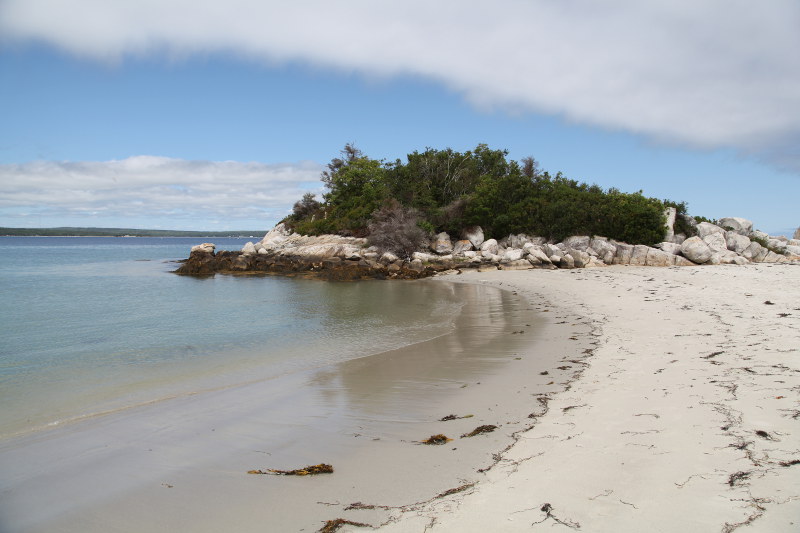The popularity of Carter’s Beach is an example of the power of social media. This beach went from relatively unknown to immensely popular almost overnight. The beach has “perfect” selfie potential and beautiful, sheltered, warm water. It’s the closest you can get to the Caribbean in Canada without being in the Caribbean.
One selfie from an Instagram “celebrity” was all it took to put the beach on the global destination map.
The popularity of the beach took locals by surprise… and they haven’t been able to adapt the surrounding infrastructure to handle masses of people who visit; until recently it was a hidden gem that locals quietly cherished.
This makes it a rage-bomb waiting to explode.
If there is anything that defines our visit to this beach it’s endless passive aggression from locals. They complained about all the cars. They complained about the lack of parking. They complained about the noise. They complained about people. They complained about social media. They complained about all the selfies being taken.
This is all we heard while walking the beach: the invasion of a beach thanks to social media. A couple of locals went so far as to throw things and spit at non-locals.
What’s really ironic (from someone who lived in California for years)… Carter’s Beach is relatively empty. You can find parking without having to wait in traffic for hours. You can walk along the shore without bumping into someone. You can find a place to put your towel without asking someone to shift.
No one is at fault; things have changed and people need time to adapt. The community should hire lifeguards, caretakers, or park rangers for the busy season. Visitors to the beach need to respect locals, posted signs, and learn to leave the beach (and sea life) as it was found.
Finally, Carter’s Beach is not an anomaly or unique. I grew up spending lots of time on Nova Scotia’s Eastern coast. This is just one beach of many “hidden gems” along the coastline of Nova Scotia.
